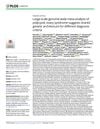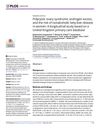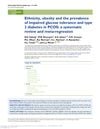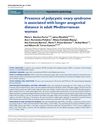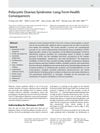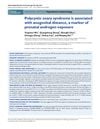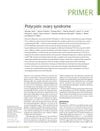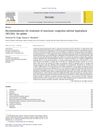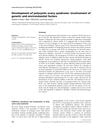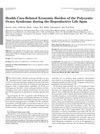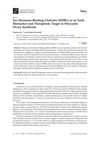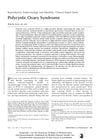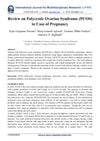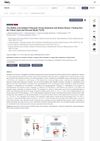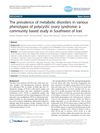Curtailing Polycystic Ovary Syndrome: A Review of International Evidence-Based Guidelines and Implications
October 2019
in “
Pediatric Research
”
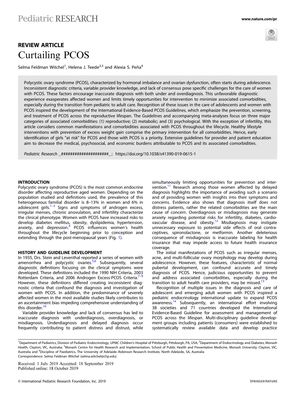
TLDR Lifestyle changes are the main treatment for PCOS, which is a complex condition requiring early management to reduce its health impacts.
The review article from 2019 examines Polycystic Ovary Syndrome (PCOS), affecting 8-13% of women of reproductive age and 6% of adolescent girls. It discusses the International Evidence-Based PCOS Guidelines, which recommend lifestyle interventions as the primary treatment and emphasize early identification and education to mitigate the disorder's medical, psychosocial, and economic impacts. PCOS is multifactorial, involving genetic, epigenetic, and environmental factors, and can affect the maternal-fetal dyad, potentially leading to long-term health risks for offspring. Diagnosis in adults is based on the Rotterdam Criteria, requiring two of three findings: oligo-anovulation, hyperandrogenism, and polycystic ovaries, while adolescents need ovulatory dysfunction and persistent hyperandrogenism for diagnosis. PCOS is associated with reproductive, metabolic, and psychological comorbidities, and while serum Anti-Müllerian Hormone (AMH) levels are elevated in PCOS, they are not currently used for diagnosis due to the lack of standardized assays. The document also notes the dermatologic issues and increased risk of endometrial cancer associated with PCOS, the unclear impact of Obstructive Sleep Apnea (OSA), and the potential for women with PCOS to act as early indicators of metabolic syndrome in their families. It calls for more research into the natural history of PCOS and the role of AMH in its diagnosis.
